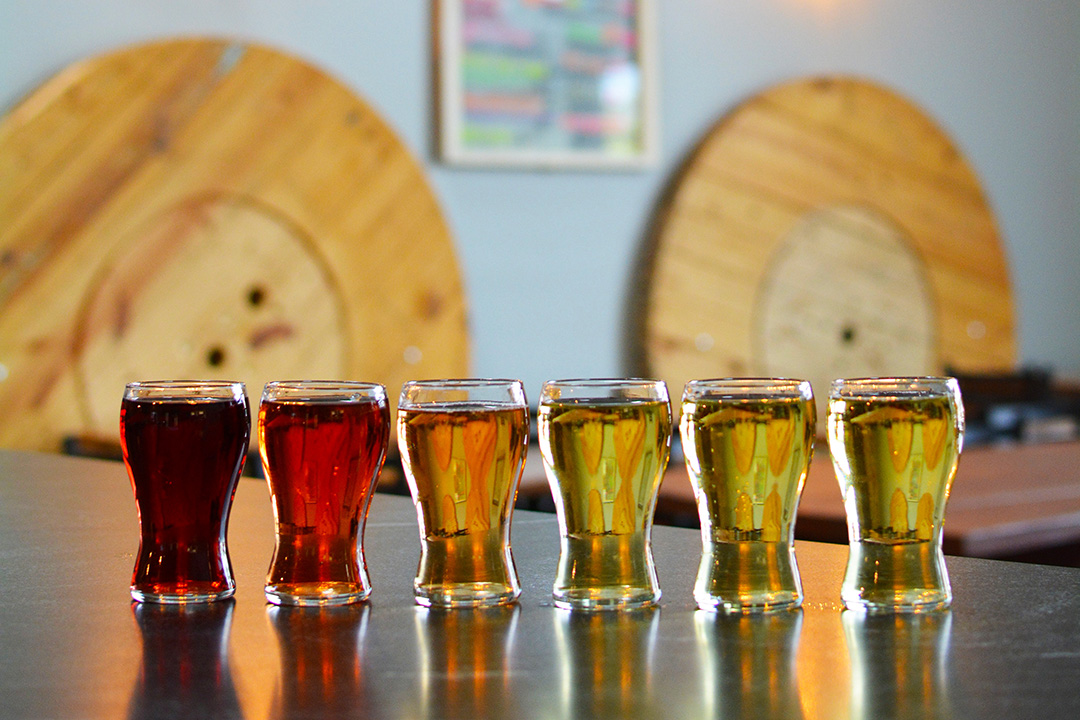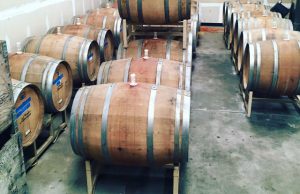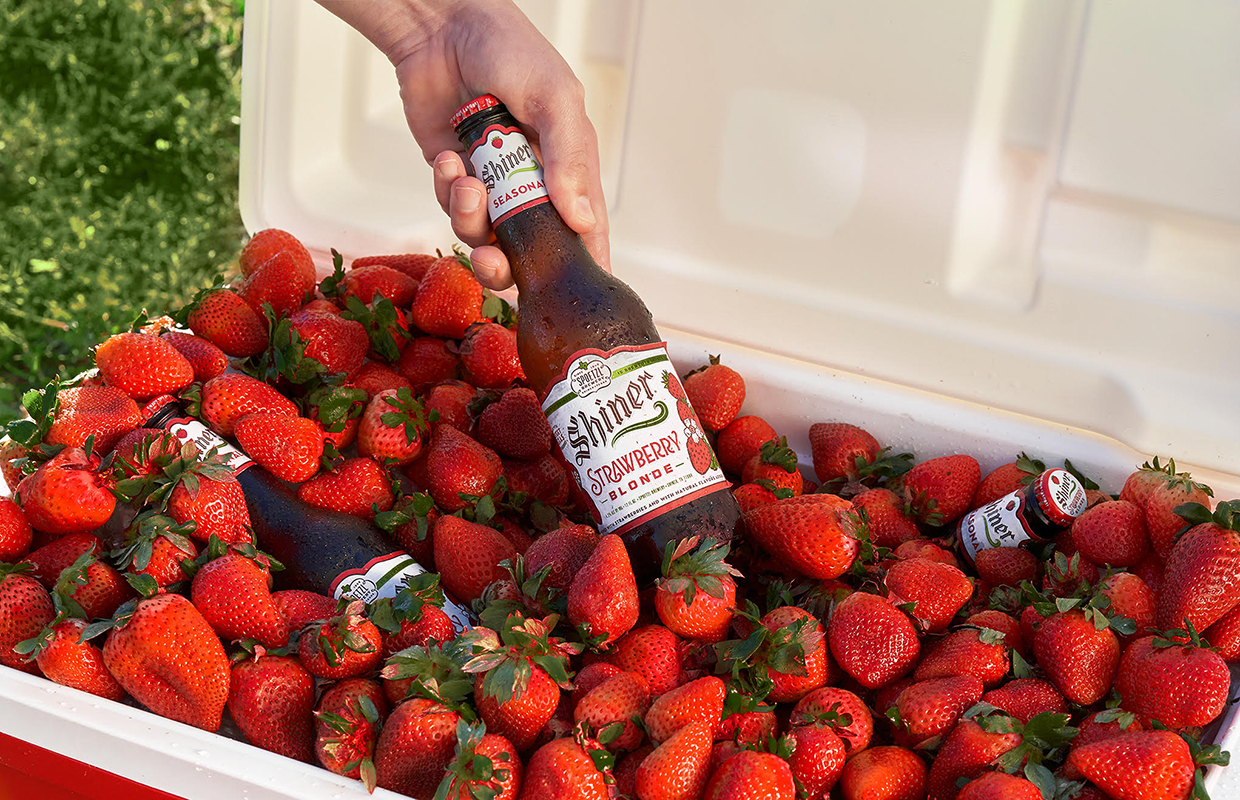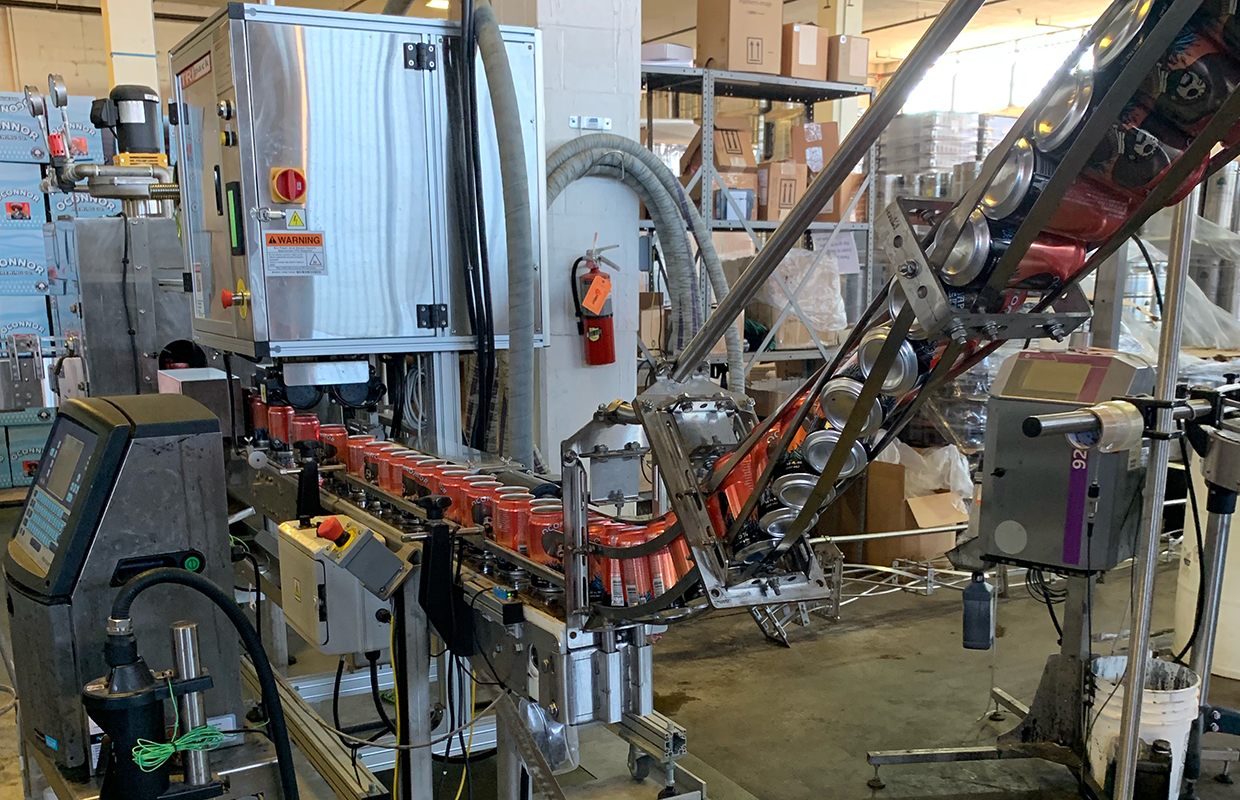
As a cider owner, you have your own business strategy that you use to help push your product to consumers. Brewer Magazine asked cidery owners and operators what they hope could be implemented by others — along with themselves — to better the craft cider business as a whole.
All cideries have a way to be a success in their own eyes. Being able to share goals as a whole craft cider community is a good way to assess where you stand as an individual cidery in the business climate.
John Kowchak, the president and founder of Original 13 in Philadelphia, said as a whole, consumers don’t know what craft cider is for the most part.
“I’m still battling the concepts that people have from drinking the mass produced super-sweet ciders,” he said. “There is still a large contingent of people out there that turn their nose up at cider because they tried it 10 years ago and didn’t like it.”
To battle these misconceptions, Original 13 works with other local cideries to expand the awareness of cider.
“The more the cider market grows, the better it is for us all,” Kowchak said.
Communication and accessibility are what Katie Greenfield of Jefferson County Ciderworks believes is important to boosting cider as a whole.
“As an industry we need to work together on messaging,” she said. “What is sweet? What is semi-dry? [We need to] make huge efforts to get in front of people. Don’t make them buy it on the shelf for the first time to discover it didn’t read the way they thought it would. They won’t come back to our category.
“Get in front of them with samples, tap lines and more. Work with your stores to sell singles not just packs.”
Kowchak believes cider has a lot of potential for experimentation, more so than beer.
“There is so much innovation, especially on the West Coast, that has me interested,” he said. “I’m always looking at the new fruits other cideries are looking to infuse in their blends.”
A concept that has him really intrigued is tea- and coffee-infused cider.
Greenfield said that Jefferson Co. is always seeking new techniques in adding flavor and creating new styles for consumers to be able to attach to.
“We like to push the bar,” she said.
Alpenfire owner Philippe Bishop gave a counterpoint, saying that getting back to basics could really be the true innovative concept.
“When people talk about innovation, all they seem to refer to is the addition of the latest flavor to a basic base,” he said. “I hear a lot of talk about innovation but I do not see it in the current market. I see a chasing of fads, flavors and colors.
“If anything, it has bastardized what cider could be and has been in the past.”
Bishop shared with Brewer that there are three things that the industry needs to make it to the next level: a proper cider language, honesty, and transparency.
“We have started the discussions about language, but as soon as the terminology gets written down it is bastardized, or at minimum, used falsely for promotion,” he said.
Alpenfire Cider — located in Port Townsend, Washington — has done its best to use terminology that suits its style of cider making.
“We have been very open and honest about all of our apples, whether we bought or grew them,” Bishop pointed out. “[We say] if we pressed them or had a mobile juicer do it.
“I think if the public knew what went into cider making they might be little turned off from it, and better to have that discussion now and change where we need to than further down the road and risk another industry collapse.”





1 Trackback / Pingback